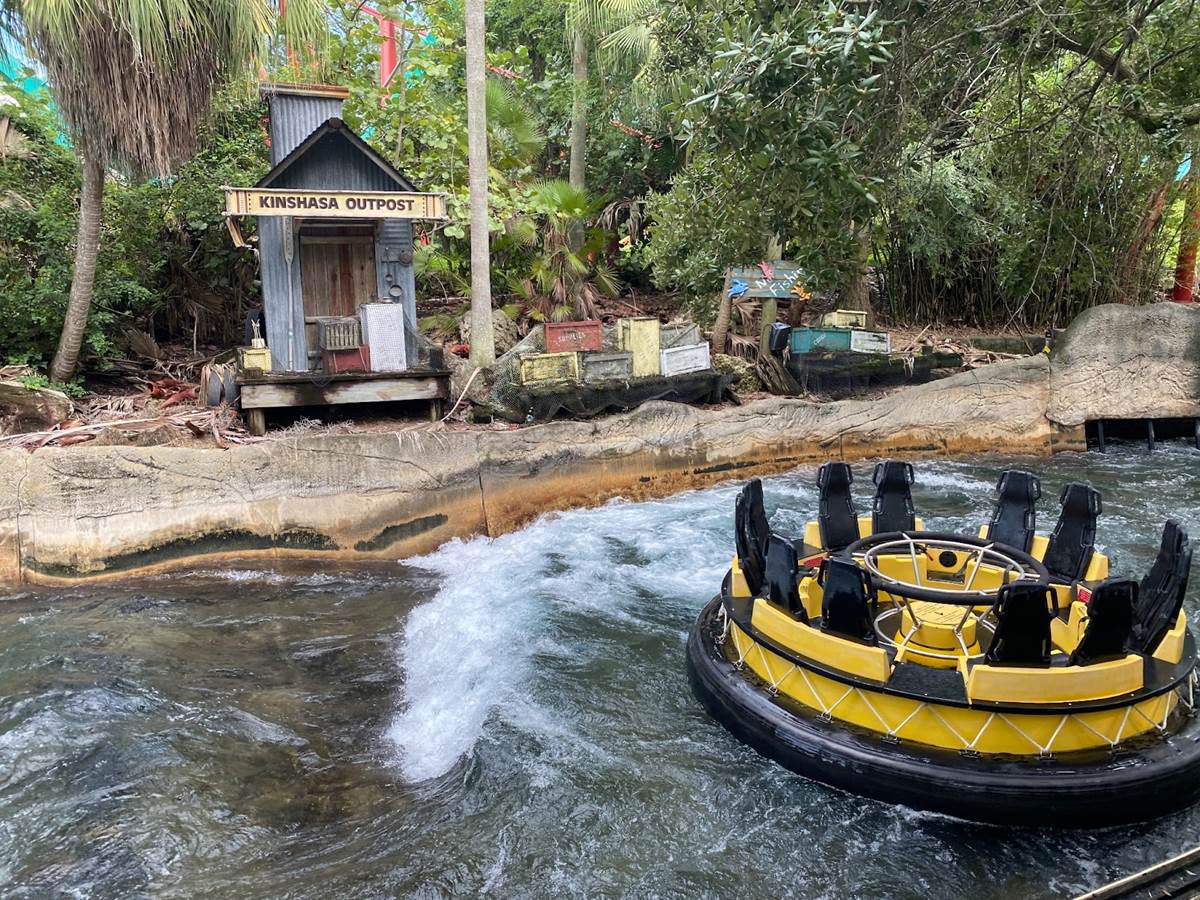Sinkhole Opens Under Water Treatment Pond at Busch Gardens Tampa Bay
Recently, a sinkhole opened under a wastewater treatment pond at Busch Gardens Tampa Bay, where an estimated 2.5 million gallons of treated wastewater were dumped into the earth below, according to the Orlando Sentinel.
What’s Happening:
- The 15-foot-by-15-foot sinkhole was discovered by Busch Gardens employees prior to park opening on November 18th.
- The sinkhole opened in the last of a train of three ponds used in the park’s on-site wastewater treatment process, according to Brian Humphreys, a spokesperson for the Florida Department of Environmental Protection.
- After finding the sinkhole, Busch Gardens closed a low dam connecting the second and third treatment pond, but not before enough wastewater to fill nearly four Olympic swimming pools dumped to the ground below.
- Said dam between ponds remains closed as of Friday, according to Humphreys.
- The wastewater pond where the sinkhole occurred is located just a few hundred feet northwest of the Congo River Rapids attraction.
- The pond above the sinkhole does not hold raw sewage. When wastewater is cleaned, it can go through several clean-up processes to remove fecal matter.
- At Busch Gardens, the first of three ponds removes biological material, the second pond removes nutrients and the third pond stores water as it is cycled through an ultraviolet disinfection filter.
- The third pond in that process is the one with the sinkhole.
- Water sampling is ongoing, and Busch Gardens contracted an engineering firm to develop a plan to address the sinkhole.
- Florida’s environmental department was notified of the issue by the park on the day of the incident, who now have staff on site at Busch Gardens to monitor the park’s response.
- The state is also reviewing Busch Gardens’ permits and reporting requirements to determine what, if any, violations occurred or if there is a need for enforcement. The environment department will also be reviewing any proposed plan to address the sinkhole “to ensure it is protective of the environment and public health and safety."

